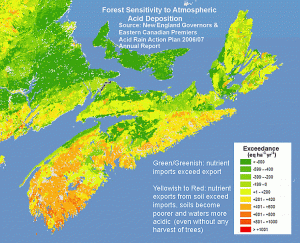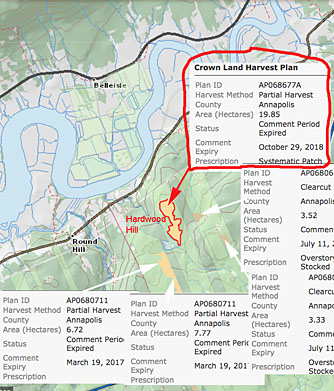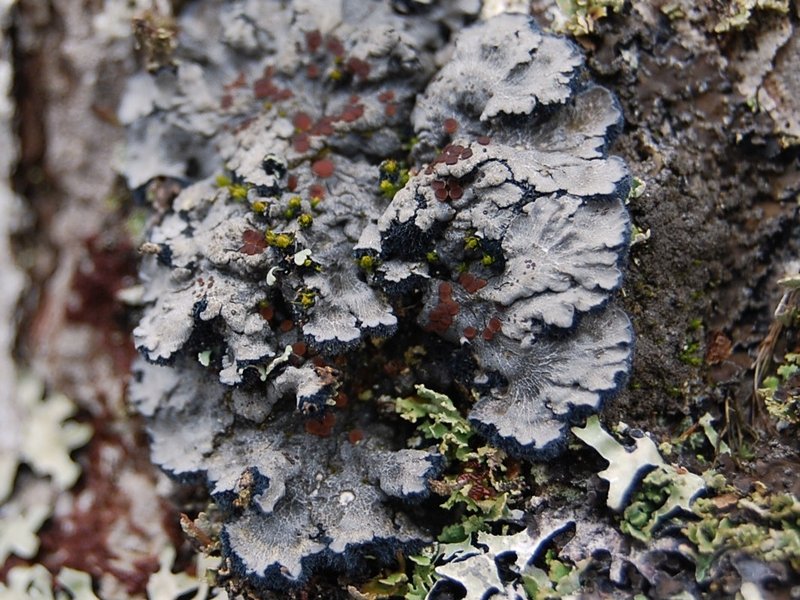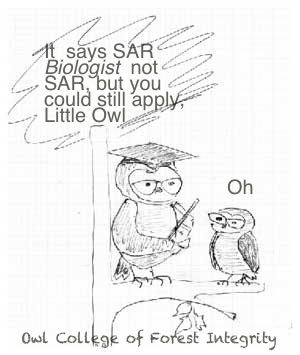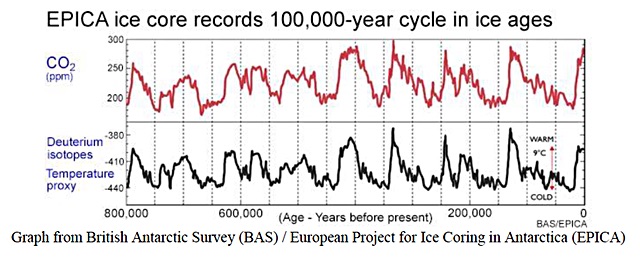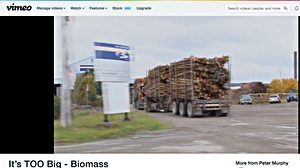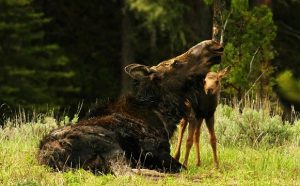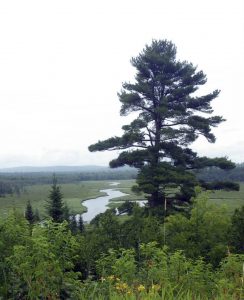My answer, Yes, if the blowdown is not removed (e.g. as a salvage harvest)
Posted Feb 4, 2019
Minor modifications Feb 6, 2019
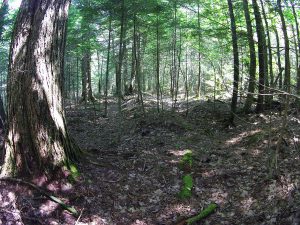
Pit and Mound topography at Sandy Lake. Growing evidence suggests Pit & Mound Topography is a consistent feature of Old Growth in Nova Scotia, as in Maine
Click on image for larger version
The reasoning
It seems that it has been quite normal to have periodic blowdown of smaller to larger patches or stands of well established Old Growth forest in NS, one result of which is formation a “pit and mound” topography. The uprooted bases or the soil-covered mounds that form over time in turn are preferred ground for establishment of tree seedlings, and most of the big trees we see today in OG stands (or patches) are found on top of mounds.
The pits often develop as vernal (temporary) pools, providing habitat for amphibians and other organisms requiring water for part of their life cycle. As the trees grow old and mounds erode, the tree roots are exposed creating cavities for wildlife between the roots and the trunk. Trees snap off in a windstorm or just die in place providing “snags” that support another suite of wildlife, and when they fall over, another suite as they gradually return to and enrich the earth. So the blowdowns, smaller and larger, benefit the overall health of the forest.
Continue reading

